The modern commercial truck is an incredibly complex machine. When I think about all of the different things that have to work in a precise and controlled manner in a diesel tractor-trailer, I am truly impressed with humankind’s ability to innovate, build, and improve.
Consider the problem of engine liner cavitation. Engine liner cavitation is the process by which erosion and degradation of the engine liner occurs as vibration from the piston creates bubbles in the coolant in concentrated areas along the liner. These bubbles expand and collapse under conditions of high heat and vibration and cause accelerated erosion in certain areas of the liners [1].
Left untreated, the liners can fail and cause catastrophic engine damage when cavitation is allowed to continue. Fortunately, engine designers and chemists have come up with solutions to prevent cavitation by adding chemical additives to the engine’s coolant which prevent – or at least reduce – cavitation and prolong engine life. But, depending on the engine make and year of manufacture, the coolant composition can be different. Dumping any type of coolant into an engine and then expecting it to have a long operational life is setting oneself up for disappointment.
The reason why I am describing cavitation is to demonstrate just a small part of the complexity that exists in modern diesel engine operation. Depending on the make and model of a truck and how the powertrain was spec’d from the factory, maintenance requirements can vary considerably from vehicle to vehicle. Engine oil, gear oil, grease for moving parts, and all other parts and supplies should be checked to ensure they are compatible with the vehicle.
There are obvious financial reasons to properly maintain a truck. Repairs are expensive, and they can pale in comparison to the possible downtime costs associated with a repair. There is also the issue of on-road compliance: poorly maintained vehicles will have more defects that can be identified by roadside enforcement, leading to poor safety records for the carrier and current driver.
In addition to the financial benefits, proper preventative maintenance also needs to be viewed as a safety control for the drivers of the vehicles and the public with whom they share the road. While mechanical problems are frequently found by drivers during their trip inspections and others sometimes result in on-road breakdowns requiring the driver to stop on the side of the road for repair, certain mechanical failures have the potential to cause collisions.
Imagine losing the ability to steer a truck while driving on a curvy road. Or imagine having the air compressor fail while descending a steep mountain grade. I have personally been driving a tractor-trailer when the carrier bearing failed catastrophically resulting in the drive shaft falling onto a frame crossmember. While I was able to safely bring the vehicle to stop off the roadway, the experience was jarring to say the least.
Maintenance managers are often tasked with making sure the shop repairs vehicles in a quick and cost-effective manner. These individuals and the technicians responsible for working on the vehicles should be consulting manufacturer documents to make sure preventative maintenance practices are in line with what the manufacturer recommends. One of the goals with preventative maintenance is to prolong the service life of the equipment, and this is important for a carrier looking to control costs. However, following manufacturer recommendations does more than simply prolong the life of components. It can prolong the tenure of drivers at the company. In extreme cases, it can prolong the lives of the drivers too.
Truck driver retention is a problem for many trucking companies. For many, so is simply finding enough suitable drivers to hire. One of the ways a company can address their labour issues is to take a look at their preventative maintenance program. Do drivers have reliable, safe, and clean equipment to drive? Are driver concerns about needed repairs being addressed in a timely manner?
Many professional drivers take great pride in the vehicles they drive even if they don’t own them. Professional divers are also aware of the fact that their driving record is an important document for them to keep in good standing. Whether a driver values the vehicle they drive, their driving record, or both, vehicle maintenance plays an important role in addressing these concerns.
Carriers should also remember that the sudden failure of a neglected part on a truck or trailer can result in a dangerous situation for the driver and those on the road around them. What might seem like a minor concern to a shop may seem far more important to the driver since the driver is the one who will be in the vehicle should something go wrong. Addressing driver maintenance concerns is more than maintaining equipment – it is addressing the very real feelings and concerns of those individuals who have to operate the machinery to accomplish the goals of the carrier.
In short, good preventative maintenance practices are about caring – caring for the equipment, and caring for the worker.
References
1 – “Diesel Engine Liner Pitting”, Fleetguard, accessed July 21, 2021, https://www.cumminsfiltration.com/sites/default/files/pdf_archive/pdfs/product_lit/asia_pacific_brochures/3300963A.pdf














Comments are closed